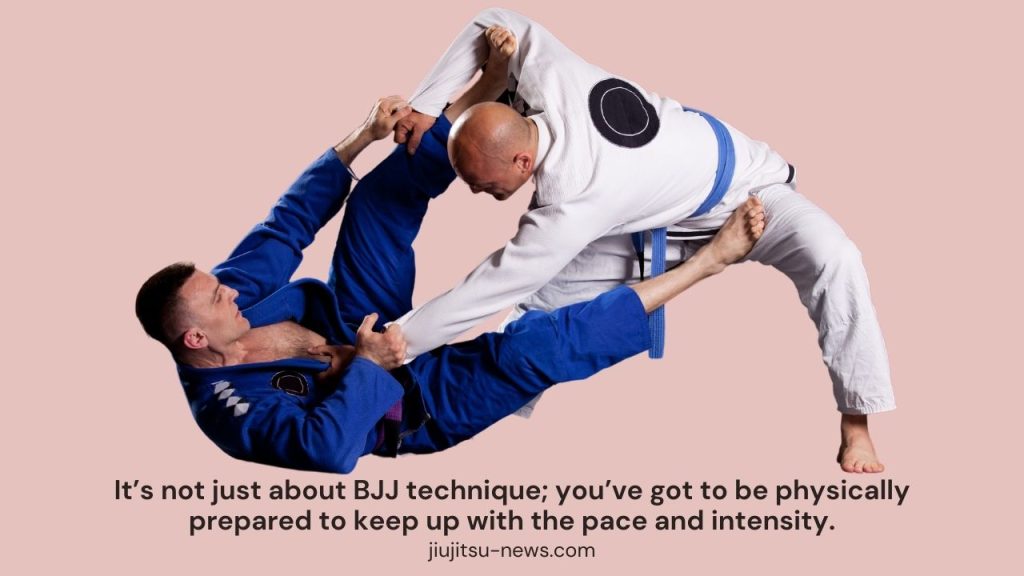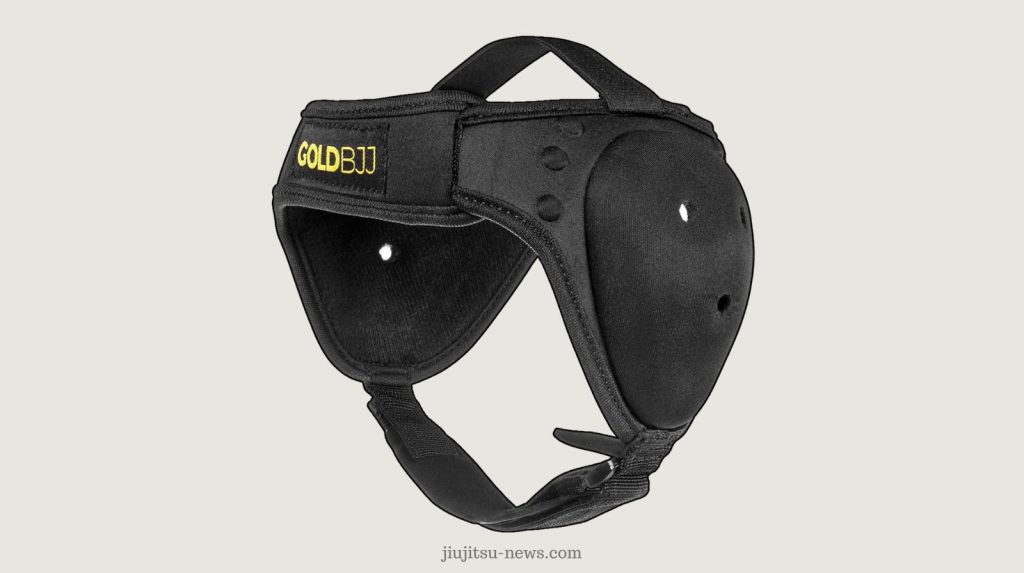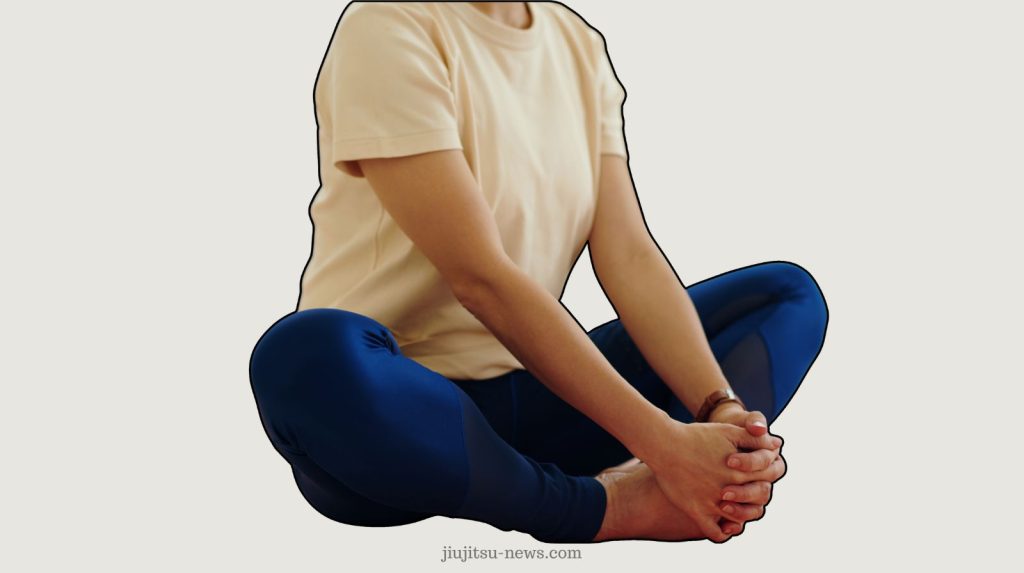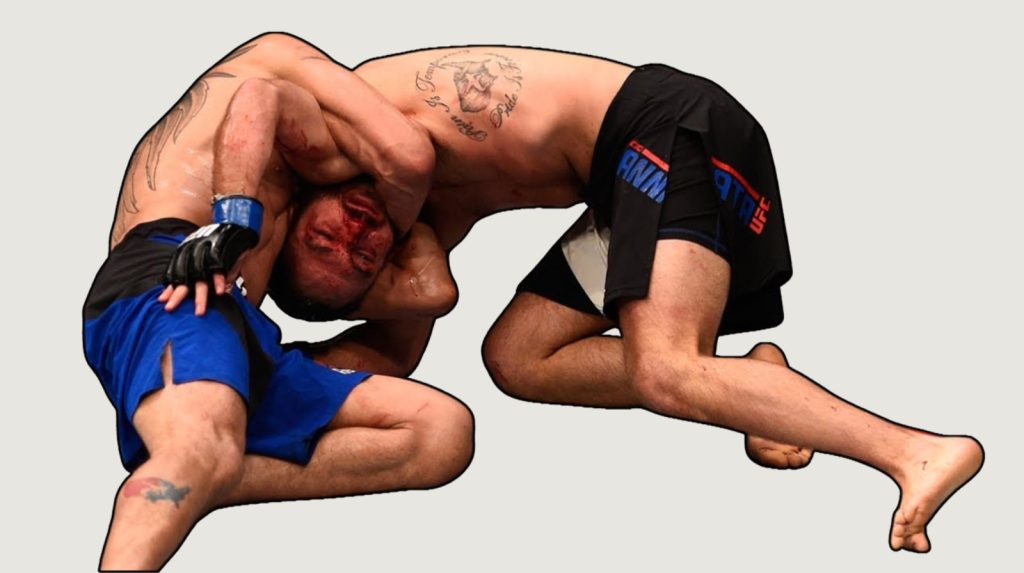Japanese Jiu-Jitsu Belt System: Complete Guide
Master the traditional Japanese jiu-jitsu belt ranking system from white to black belt. Learn the kyu and dan progression, time requirements, and how it compares to Brazilian jiu-jitsu.
Japanese Jiu-Jitsu (also spelled Jujutsu or Jujitsu) is one of the world’s oldest martial arts, with roots dating back to feudal Japan and the samurai warrior class. Unlike Brazilian Jiu-Jitsu’s streamlined belt system, traditional Japanese jiu-jitsu uses a comprehensive ranking structure with eight colored belts before black belt, each representing specific technical milestones and training dedication.
This comprehensive guide explains the complete Japanese jiu-jitsu belt system, including the kyu (級) and dan (段) ranking structure, average time requirements for each belt, technical expectations, and how the system differs from Brazilian jiu-jitsu belts.
Quick Overview: Japanese jiu-jitsu belts progress through white, yellow, orange, green, blue, purple, brown, and black (1st dan and beyond). Some schools begin with a red belt. The system uses the traditional kyu/dan ranking from Japanese martial arts, with 10 kyu (beginner) ranks counting down to 10 dan (master) ranks counting up.
What Is Japanese Jiu-Jitsu?
Japanese Jiu-Jitsu is a comprehensive martial art system developed by samurai warriors during Japan’s feudal era (approximately 11th-16th centuries). The term “jujutsu” translates to “gentle art” or “yielding technique,” reflecting its principle of using an opponent’s force against them rather than relying on brute strength.
The art was specifically designed for close-combat situations where samurai warriors were disarmed or their weapons became ineffective. Unlike purely striking arts, Japanese jiu-jitsu emphasizes throws, joint locks, strangles, pins, and strikes used as setups for grappling techniques. This comprehensive approach made it essential training for the samurai class.
Historical Origins and Development
The first recorded use of the term “Jiu-Jitsu” dates to 1532 when Hisamori Tenenuchi officially established the first jiu-jitsu school in Japan. However, similar fighting techniques existed centuries earlier, with some historians tracing unarmed combat methods back to the 11th century Kamakura period.
During the Sengoku period (1467-1615), constant warfare drove the refinement and systematization of combat techniques. Various schools (ryū) developed distinct styles and approaches, each reflecting regional preferences and tactical philosophies. This created the rich diversity of Japanese jiu-jitsu systems that exist today.
Samurai Connection: Japanese jiu-jitsu was monopolized by the elite Bushi (samurai) warriors beginning in 1156 CE. The art was specifically designed to function while wearing armor, explaining its emphasis on joint manipulation and throws over strikes that would be ineffective against armored opponents.
Understanding the Kyu and Dan System
Japanese jiu-jitsu uses the traditional kyu (級) and dan (段) ranking system common to Japanese martial arts. This systematic progression divides practitioners into two main categories:
Mudansha (無段者) – “Without Rank” Levels
Mudansha refers to practitioners who have not yet achieved black belt (dan) ranking. These are the colored belt ranks, numbered in descending order from 10th kyu (beginner) to 1st kyu (advanced). The term literally means “one without rank,” indicating students still progressing toward mastery.
- 10th Kyu (Jukyu): Red belt (some schools) or White belt
- 9th Kyu (Kukyu): White belt or Yellow belt
- 8th Kyu (Hachikyu): Yellow belt or Orange belt
- 7th-1st Kyu: Progressive colored belts leading to black
Yudansha (有段者) – “With Rank” Levels
Yudansha refers to black belt holders who have achieved dan ranking. Unlike kyu ranks that count down, dan ranks count up from 1st dan (shodan) to theoretically 10th dan, though ranks above 6th dan are extremely rare and typically reserved for masters with decades of contribution to the art.
- 1st-5th Dan: Black belt
- 6th-8th Dan: Black belt or red-and-white coral belt
- 9th-10th Dan: Red belt (extremely rare, grandmaster level)
💡 Pronunciation Guide
Kyu Ranks: Jukyu (10), Kukyu (9), Hachikyu (8), Shichikyu (7), Rokyu (6), Gokyu (5), Yonkyu (4), Sankyu (3), Nikyu (2), Ikkyu (1)
Dan Ranks: Shodan (1st), Nidan (2nd), Sandan (3rd), Yondan (4th), Godan (5th), Rokudan (6th), Shichidan (7th), Hachidan (8th)
Japanese Jiu-Jitsu Belt Order and Progression
The Japanese jiu-jitsu belt system features more color variations than Brazilian jiu-jitsu, providing clearer progression markers for students. While exact systems vary between schools, the following represents the most common progression used by traditional jujutsu organizations like the United States Ju-Jitsu Federation (USJJF) and Ju-Jitsu International Federation (JJIF).
Red Belt (Optional Starting Belt)
Rank: Pre-kyu or 10th Kyu depending on school
Average Time: 1-3 months
Technical Focus: Introduction to dojo etiquette, basic ukemi (falling techniques), fundamental stances
Some Japanese jiu-jitsu schools start absolute beginners with a red belt before their first grading examination. This serves as an introductory period where students familiarize themselves with the training environment, learn safe falling techniques, and understand basic martial arts etiquette before formal ranking begins.
Not all schools use the red belt system. Many begin directly at white belt, making it crucial to understand your specific school’s structure.
White Belt (7th Kyu / 七級)
Rank: 7th Kyu (Shichikyu)
Average Time to Next Belt: 3-6 months
Technical Focus: Basic stance, coordination, fundamental blocks, simple escapes, introduction to basic throws
The white belt is the official beginning rank in Japanese jiu-jitsu, representing a clean slate and beginner’s mind (shoshin). At this level, students learn fundamental positioning, basic footwork, and simple defensive techniques.
White belts focus on developing proper posture and movement patterns that will serve as the foundation for all advanced techniques. Training emphasizes repetition of basic movements until they become natural and instinctive.
Yellow Belt (6th Kyu / 六級)
Rank: 6th Kyu (Rokukyu)
Average Time to Next Belt: 3-6 months
Technical Focus: Introduction to blocks, locks, and basic throws; beginning of striking defense
Yellow belt practitioners expand their technical repertoire beyond pure fundamentals. Students learn various blocking techniques against strikes, introduction to wrist locks (kote techniques), and fundamental throwing techniques like basic hip throws (o-goshi) and foot sweeps.
At this stage, training introduces controlled partner work where students apply techniques with cooperative training partners. The focus remains on technical correctness rather than speed or power.
Orange Belt (5th Kyu / 五級)
Rank: 5th Kyu (Gokyu)
Average Time to Next Belt: 4-8 months
Technical Focus: More technical moves, intermediate throws, beginning of combination techniques
Orange belt represents the transition from basic to intermediate techniques. Students learn more complex throwing variations, begin combining techniques in sequences, and develop better timing and distance management.
Training at this level introduces slightly more resistance from training partners, requiring practitioners to adjust techniques when facing non-compliant opponents. This develops problem-solving skills essential for effective martial arts application.
Green Belt (4th Kyu / 四級)
Rank: 4th Kyu (Yonkyu)
Average Time to Next Belt: 6-12 months
Technical Focus: Application phase – effective blocks, throws, and finishing techniques with good consistency
Green belt marks a significant milestone where students move from learning techniques to applying them effectively. Practitioners develop their personal game, identifying which techniques work best for their body type and athletic attributes.
At this level, students begin demonstrating techniques with crisp execution, proper timing, and effective setup. Training includes more dynamic partner work and introduction to controlled sparring in specific positions.
Important Note: From green belt onward, progression slows significantly. Techniques become more complex, and mastery requires substantially more mat time. Expect 6-12+ months between belt promotions at these levels versus the 3-6 months typical at beginner ranks.
Blue Belt (3rd Kyu / 三級)
Rank: 3rd Kyu (Sankyu)
Average Time to Next Belt: 12-18 months
Technical Focus: Deep understanding of why techniques work, ability to adjust techniques based on opponent reactions
Blue belt practitioners demonstrate sophisticated understanding of Japanese jiu-jitsu principles. They can explain the biomechanics of techniques, understand optimal timing and positioning, and adapt techniques based on opponent size, strength, and resistance.
Training at this level includes teaching responsibilities for lower-ranked students. Blue belts often assist with beginner classes, reinforcing their own knowledge through instruction.
Purple Belt (2nd Kyu / 二級)
Rank: 2nd Kyu (Nikyu)
Average Time to Next Belt: 18-24 months
Technical Focus: Accuracy and precision – crisp, clean execution of blocks, kicks, advanced throws
Purple belt represents advanced proficiency in Japanese jiu-jitsu. Students at this level execute techniques with remarkable precision, demonstrating smooth transitions between positions and crisp finishing techniques.
Purple belts are expected to demonstrate advanced throwing techniques, complex joint manipulations, and sophisticated defensive strategies. Training includes preparation for more intense sparring and potential competition participation.
Brown Belt (1st Kyu / 一級)
Rank: 1st Kyu (Ikkyu)
Average Time to Black Belt: 2-3 years
Technical Focus: Effectiveness in realistic application, street self-defense scenarios, teaching advanced students
Brown belt is the highest colored belt rank before black belt. Practitioners at this level demonstrate comprehensive technical knowledge and the ability to apply techniques effectively against fully resisting opponents.
Brown belts focus on refining their entire technical arsenal, eliminating weaknesses, and developing teaching skills. Many schools require brown belts to successfully teach classes and mentor lower-ranked students as part of their development toward black belt.
Black Belt (1st Dan / 初段 – Shodan)
Rank: 1st Dan (Shodan)
Total Time from White Belt: 5-10 years average
Technical Focus: Complete technical proficiency, teaching ability, ongoing refinement
Achieving 1st dan black belt represents mastery of fundamental Japanese jiu-jitsu techniques and principles. However, contrary to popular belief, shodan (初段) literally means “beginning degree” – indicating that black belt is the beginning of serious study rather than the endpoint.
Black belt practitioners are expected to demonstrate comprehensive technical knowledge across all aspects of jujutsu: throws, joint locks, strikes, strangles, ground techniques, and weapons defense. Most importantly, they must possess the teaching ability to transmit knowledge to lower-ranked students effectively.
Advanced Black Belt Degrees
Beyond 1st dan, Japanese jiu-jitsu continues with progressive dan rankings:
- 2nd Dan (Nidan): Typically 3 years after shodan
- 3rd Dan (Sandan): Typically 3 years after nidan
- 4th Dan (Yondan): Typically 5 years after sandan (teaching mastery expected)
- 5th Dan (Godan): Typically 5 years after yondan
- 6th Dan (Rokudan): May wear red-and-white coral belt (7+ years after godan)
- 9th-10th Dan: Red belt (extremely rare, grandmaster level after 40+ years)
Japanese Jiu-Jitsu vs. Brazilian Jiu-Jitsu Belt Systems
While Japanese jiu-jitsu and Brazilian jiu-jitsu share historical lineage, their belt systems differ significantly. Understanding these differences helps practitioners appreciate each art’s unique progression philosophy.
| Aspect | Japanese Jiu-Jitsu | Brazilian Jiu-Jitsu |
|---|---|---|
| Colored Belts | 8 colored belts (white, yellow, orange, green, blue, purple, brown, black) | 5 colored belts (white, blue, purple, brown, black) |
| Primary Focus | Comprehensive self-defense including strikes, throws, joint locks, weapons | Ground fighting, positional control, submissions |
| Grading System | Formal examination with set curriculum | Instructor discretion based on rolling performance and time |
| Time to Black Belt | 5-10 years (varies widely by school) | 8-12 years average (strictly controlled) |
| Sparring Intensity | Varies by school; some emphasize kata, others randori | Heavy emphasis on live rolling every class |
| Belt Color System | Follows traditional Japanese martial arts | Simplified system adapted by Gracie family |
Technical Comparison: A Japanese jiu-jitsu black belt typically has broader technical knowledge across standing techniques, strikes, and weapons defense. A Brazilian jiu-jitsu black belt typically has significantly deeper ground fighting expertise. Most experts estimate a JJJ black belt’s ground game approximates a BJJ blue or purple belt, while a BJJ black belt’s standing game might equal a JJJ blue or green belt.
Time Requirements for Japanese Jiu-Jitsu Belts
Unlike Brazilian jiu-jitsu, which has relatively standardized progression timelines, Japanese jiu-jitsu belt promotion varies significantly between schools and organizations. However, general guidelines exist based on typical training frequency and technical development.
Beginner Belts (White, Yellow, Orange)
Average Time per Belt: 3-6 months
Training Frequency: 2-3 times per week recommended
Total Time: 9-18 months from white to green belt
Beginner-level progression moves relatively quickly as students master fundamental techniques. Most schools allow testing every 3-6 months at these levels, assuming consistent attendance and satisfactory technical demonstration.
Intermediate Belts (Green, Blue)
Average Time per Belt: 6-12 months
Training Frequency: 3-4 times per week recommended
Technical Depth: Significantly increased complexity
Intermediate progression slows as techniques become more sophisticated and require deeper understanding. Students must demonstrate not just mechanical execution but strategic application and teaching ability.
Advanced Belts (Purple, Brown)
Average Time per Belt: 12-24+ months
Training Frequency: 4-5 times per week for optimal progression
Additional Requirements: Teaching hours, competition success, or demonstration performances
Advanced colored belts require substantial mat time and often include additional requirements beyond pure technical skill. Many schools require purple and brown belts to teach classes, compete successfully, or give public demonstrations.
Black Belt Progression
Total Time from White to Black: 5-10 years average (highly variable)
Factors Influencing Timeline: Training frequency, athletic background, school standards, teaching requirements
The path to black belt in Japanese jiu-jitsu varies dramatically between schools. Some traditional schools maintain extremely strict standards requiring 10+ years, while sport-focused schools may promote qualified students in 5-6 years with intensive training.
💡 Realistic Progression Expectations
Recreational Training (2-3x/week): Expect 8-12 years to black belt
Dedicated Training (4-5x/week): Expect 5-8 years to black belt
Intensive Training (6+ sessions/week): Possible in 4-6 years with exceptional dedication
What Makes Japanese Jiu-Jitsu Unique?
Japanese jiu-jitsu distinguishes itself from other martial arts through several key characteristics that reflect its samurai origins and comprehensive combat philosophy.
Comprehensive Technical Arsenal
Unlike specialized martial arts, Japanese jiu-jitsu includes:
- Nage-waza (投げ技): Throwing techniques including hip throws, foot sweeps, sacrifice throws
- Katame-waza (固め技): Grappling techniques including pins, joint locks, and strangles
- Atemi-waza (当て身技): Striking techniques used primarily as setups or distractions
- Kansetsu-waza (関節技): Joint manipulation techniques targeting wrists, elbows, shoulders, knees, and ankles
- Shime-waza (絞め技): Strangulation and choking techniques
- Weapons defense: Techniques against knife, sword, staff, and other traditional weapons
Traditional Training Methods
Japanese jiu-jitsu training typically includes:
- Kata (型): Pre-arranged forms demonstrating technique sequences
- Randori (乱取り): Free practice/sparring with resistance
- Ukemi (受け身): Falling and rolling techniques essential for safe training
- Formal grading: Structured examinations with set curriculum requirements
Common Questions About Japanese Jiu-Jitsu Belts
Do all Japanese jiu-jitsu schools use the same belt system?
No. While most modern schools follow the general white-yellow-orange-green-blue-purple-brown-black progression, significant variations exist. Some traditional koryu (ancient schools) don’t use colored belts at all, instead using the older menkyo licensing system. Always confirm your specific school’s belt structure.
How long does it take to get a black belt in Japanese jiu-jitsu?
On average, 5-10 years of consistent training (3-4 times per week). However, this varies dramatically based on school standards, training intensity, athletic background, and individual progression. Some schools have produced black belts in 4-5 years; others require 10+ years regardless of skill level.
Is Japanese jiu-jitsu harder than Brazilian jiu-jitsu?
They’re difficult in different ways. Japanese jiu-jitsu requires learning a broader range of techniques (strikes, throws, weapons), while Brazilian jiu-jitsu demands deeper specialization in ground fighting. JJJ black belts often achieve their rank faster but typically have less refined ground game than BJJ black belts.
Can I compete in Japanese jiu-jitsu with my belt rank?
Yes, various organizations host Japanese jiu-jitsu competitions with divisions based on belt rank, age, and weight. The Ju-Jitsu International Federation (JJIF) sanctions international competitions. However, competition is less central to JJJ culture compared to BJJ or judo.
Do Japanese jiu-jitsu belts transfer to other martial arts?
Not directly. Belt ranks are specific to each martial art and organization. However, your jiu-jitsu experience may accelerate progression in related arts like judo or BJJ, as instructors recognize your existing grappling knowledge and mat experience.
Final Thoughts: The Japanese Jiu-Jitsu Belt Journey
The Japanese jiu-jitsu belt system provides a structured progression from absolute beginner to technical mastery, with each colored belt representing specific skill milestones and deeper understanding of this ancient martial art.
Unlike sports-focused martial arts where belt rank primarily indicates competitive ability, Japanese jiu-jitsu belts represent comprehensive technical knowledge, teaching capability, and character development. The journey from white to black belt develops not just fighting skills but discipline, respect, and the philosophical principles that defined the samurai warrior class.
Whether you’re considering starting Japanese jiu-jitsu or currently progressing through the ranks, remember that belt color is merely an external indicator of internal growth. Focus on consistent training, technical refinement, and embodying the principles of jujutsu – yielding to overcome, using technique over strength, and continuous self-improvement.
The Belt Progression Journey: White (7th kyu) → Yellow (6th kyu) → Orange (5th kyu) → Green (4th kyu) → Blue (3rd kyu) → Purple (2nd kyu) → Brown (1st kyu) → Black (1st dan/shodan) → Advanced Dan Ranks
Train consistently, embrace the learning process, and respect the martial art’s rich history and traditions. Your belt will change color naturally as your skills and understanding deepen.
Oss!






